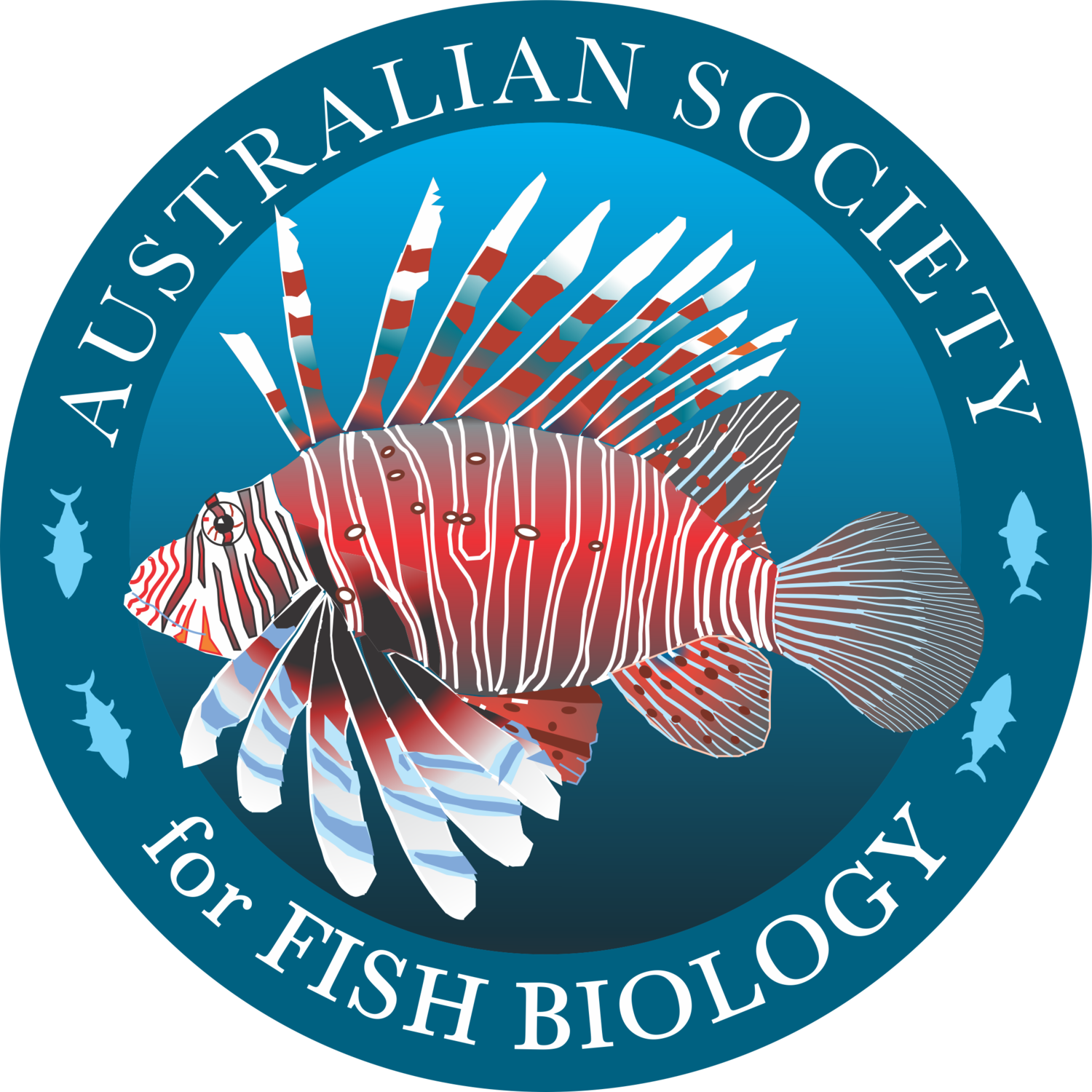On the line with… Rod Connolly
Rod Connolly, director of the Global Wetlands Project, is based in the Coastal and Marine Research Centre at Griffith University. We spoke with him about his data science lab and how automation is enhancing fisheries science.
Mangroves at Moreton Bay, Queensland, studied as part of the Global Wetlands Project.
Rod, what is your earliest ‘fishy’ memory?
Very early on, from the time I could walk, I beachcombed on the wild surf beaches of Australia’s southern coast. Among all the amazing surprises stranded on the beach were leafy seadragons. Storm-tossed and drying in the sun, those almost mythological-looking fish intrigued me in a way only satisfied when I began diving in my teens. And, once underwater, my fascination soared along with the kaleidoscope of colour and life forms.
Rod at Venice lagoon for an algae seagrass study.
In your #ASFB2022 plenary, you will discuss how automated fish monitoring has the potential to “supercharge” fisheries science. How does today’s technology compare to what we had, say, 10 years ago?
What a decade it has been! Ten years ago, automation was only of physical and chemical indicators for measuring water quality. Now, the revolutionary use of automation combining computer vision and big data analytics is finally coming in to land in fisheries science. We’re overcoming the processing bottleneck of manual extraction of data from videos. Computer vision on robust and inexpensive camera systems is increasing efficiency and reliability in monitoring that has been difficult, dangerous or prohibitively expensive. It can supercharge science. It can improve management – of wild fisheries and aquaculture. Increased automation is helping in stock assessments and in monitoring to detect trends in the abundance and biomass of fish and benthic animals. Computer vision is also enabling more efficient monitoring of the extent and condition of fish habitat and of the presence of invasive species.
What are the challenges associated with automated fish monitoring?
The challenges are two-fold. Firstly, there is the visual complexity of fish and their environment. Fish are diverse in shape and size, they are often moving, against a varying background, with changes in water clarity. There are algorithms for coping with these challenges and the role of my lab is to combine them seamlessly in an easy-to-use app.
Secondly, as new analytics are being developed, we move from the traditional scenario of having samples sizes that are often too small to be reliable, to a scenario of having far more data than fits on a hard-drive! So automation is creating new training needs and opportunities. There is a need for mentoring of graduates in the statistics of quality assurance, and for coping with embedded pseudo-replication. And always there is the imperative to sharpen our focus on outputs that inform actions.
The latest technology allows the automated monitoring of Australasian snapper (WA Fisheries).
The Global Wetlands Project (GLOW) provides science to support our understanding and conservation of coastal wetlands. What makes a high-quality wetland? Do you have a favourite wetland to visit?
High quality wetlands have diverse animal communities and clear water without excessive dissolved nutrients. They have connectivity with other nearby wetlands. Quality wetlands maximise ecosystem services – the benefits to humans. These benefits are often focussed on fish and fisheries, usually in combination with other objectives such as coastal protection and blue carbon capture. The Global Wetlands Project developed suites of indicators to measure the ecosystem services most relevant to local communities.
I’m happy visiting any wetland anywhere, from the mangroves of the Daintree, to the marshes of Cape Cod, to the seagrass of Venice lagoon.
A beautiful (and pregnant) leafy seadragon hidden amongst seagrass.
Earlier in your career, you were one of the few researchers to study seadragons, including the leafy seadragon (voted Australia’s favourite fish in 2018). What drew you to these fish?
As one of the world’s best-looking fish, leafy seadragons have long been the centre of bespoke underwater tourism.
In the early 2000s, however, they were quite suddenly considered to be facing existential threats, from incidental trawler deaths, to loss of habitat, and harvesting for the aquarium trade. Yet an initial assessment for the IUCN Red List of Threatened Species could only rate them “Data Deficient”.
We turned that around, using nifty, newly available miniature telemetry tags to reveal patterns of movement and habitat preferences that now influence the placement of Marine Protected Areas.
"On the line" is a regular series featuring interviews with ASFB members and other fish researchers. Ron Connolly delivered an invited plenary at the 2022 ASFB conference in Surfers Paradise, Queensland, in November 2022.




